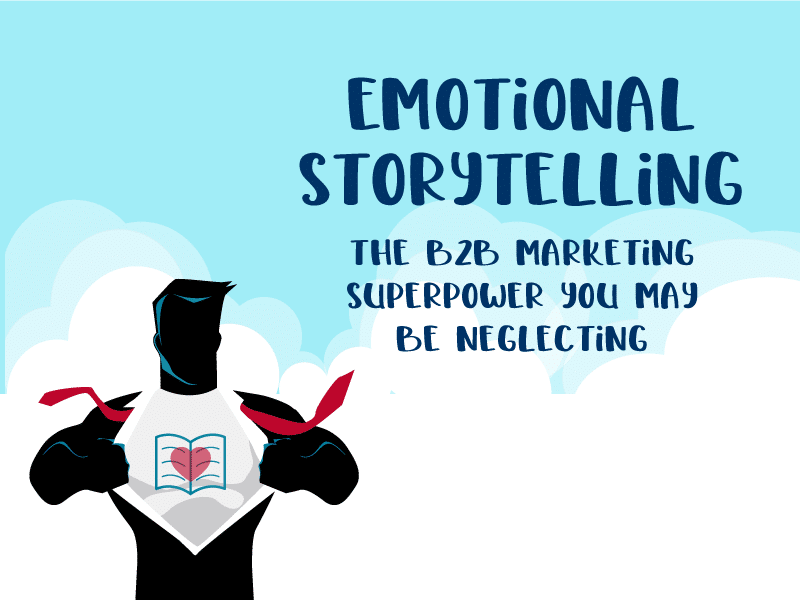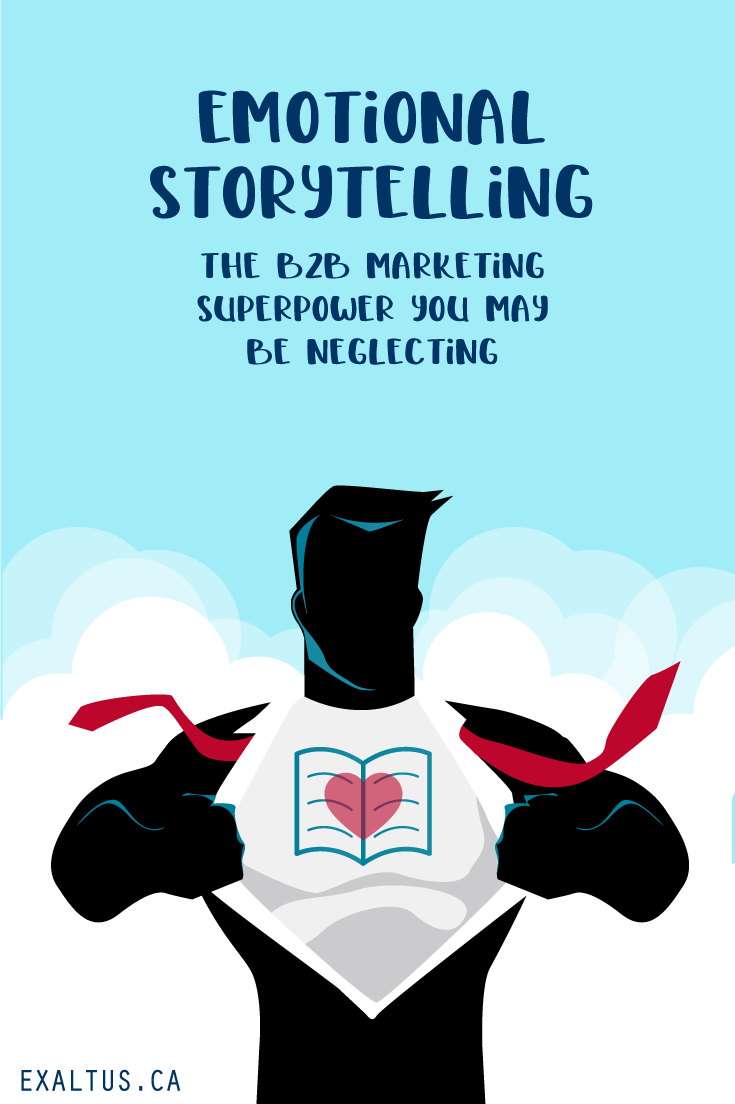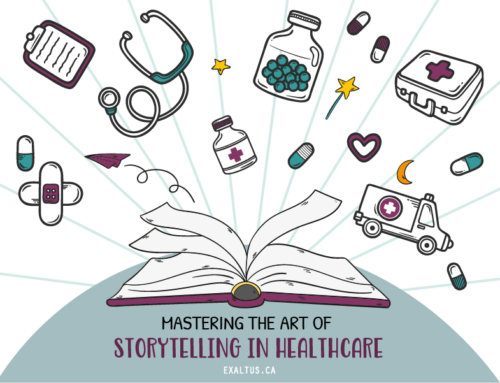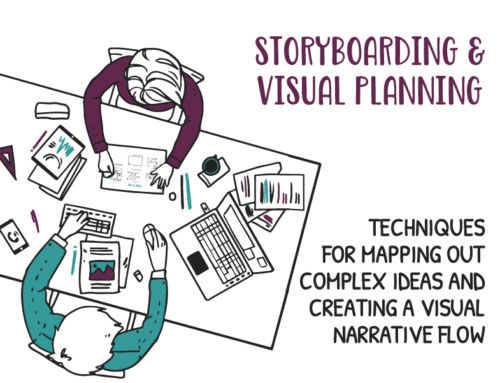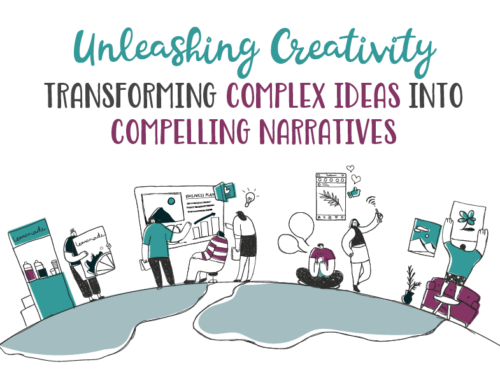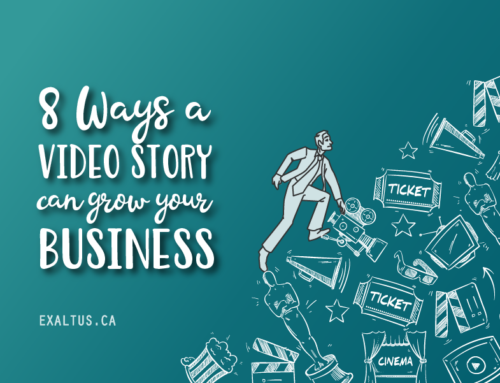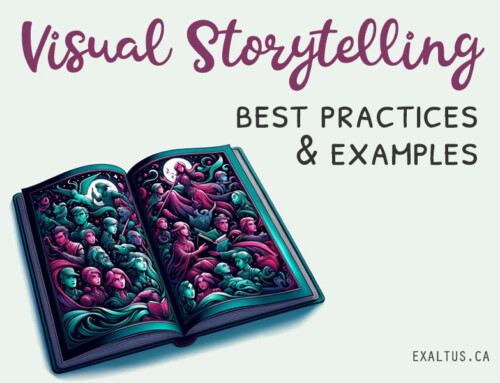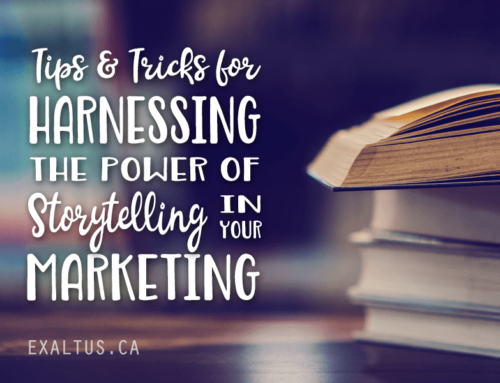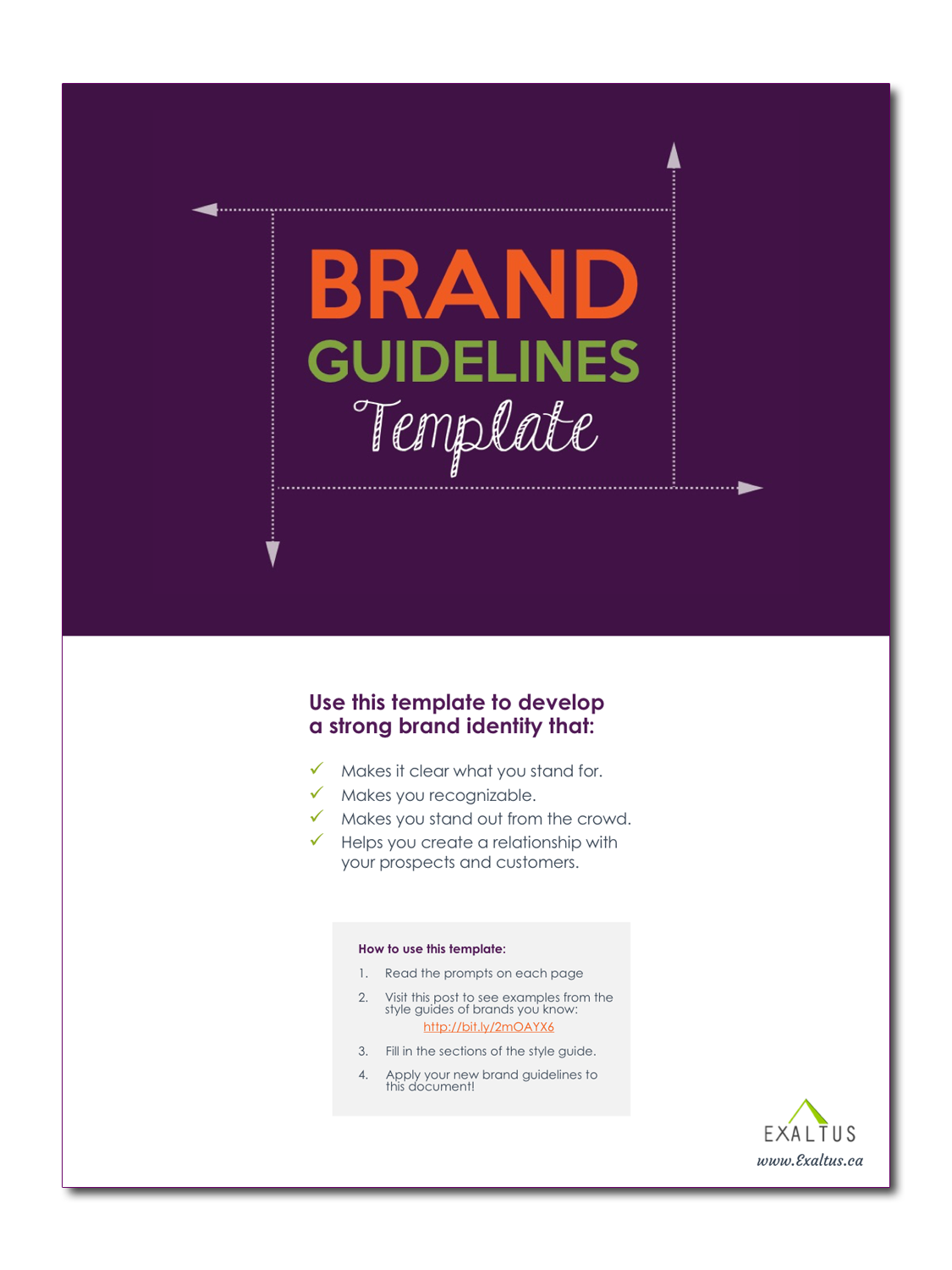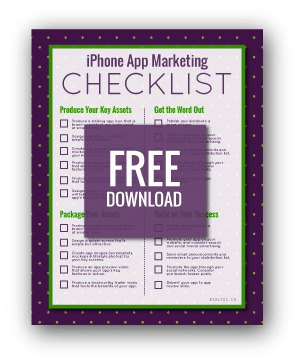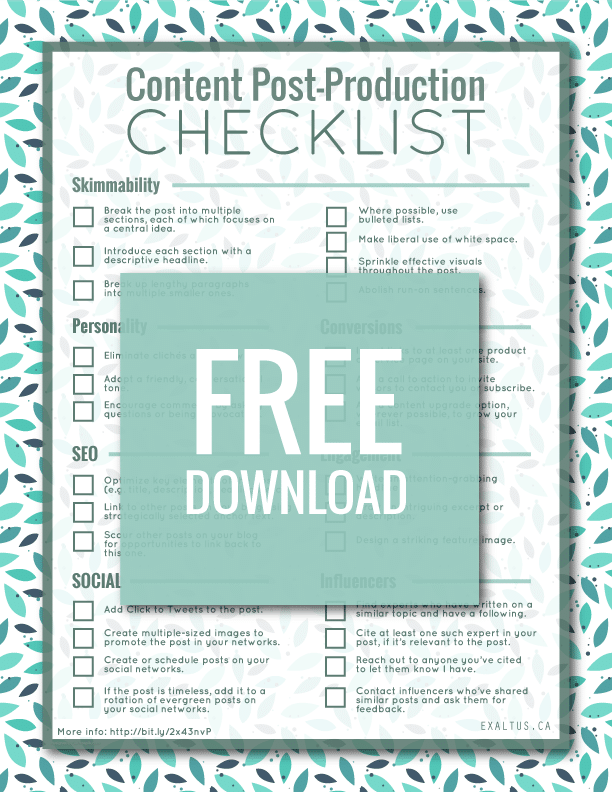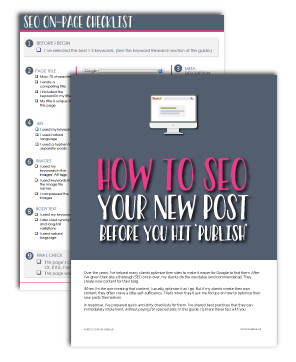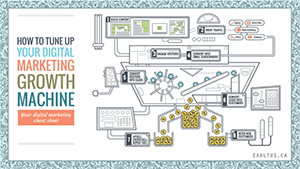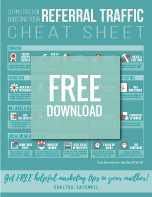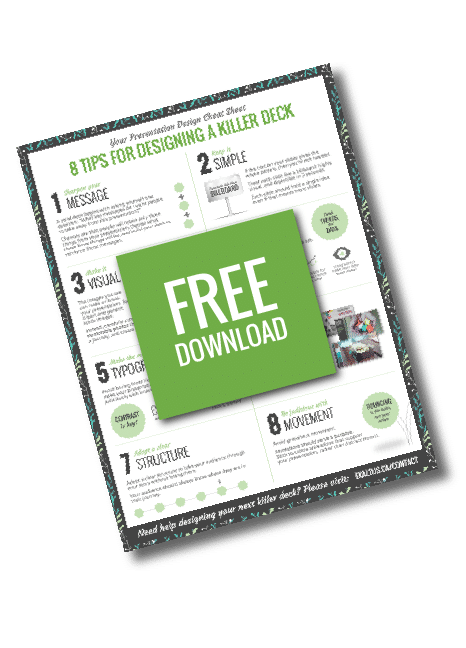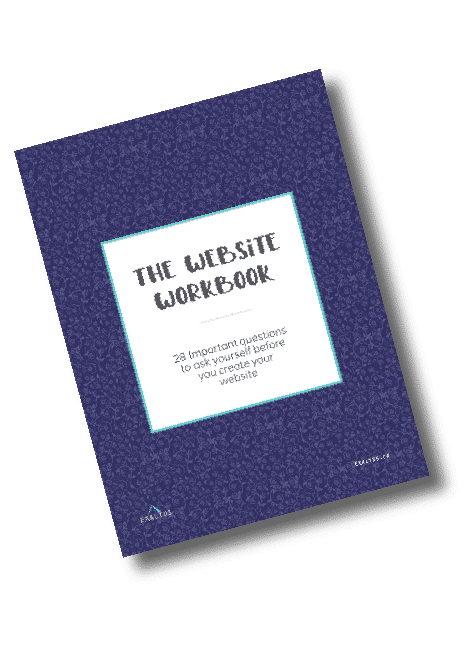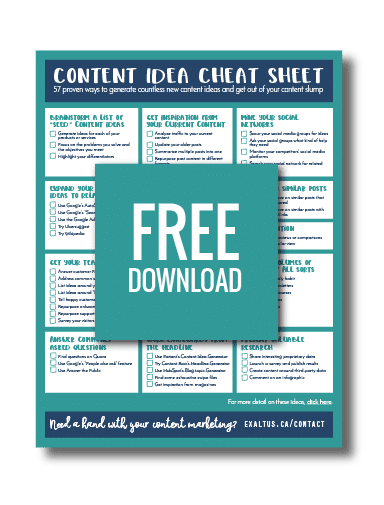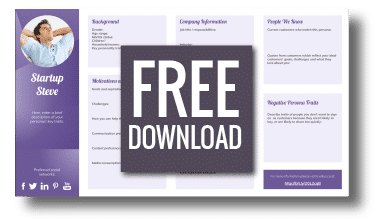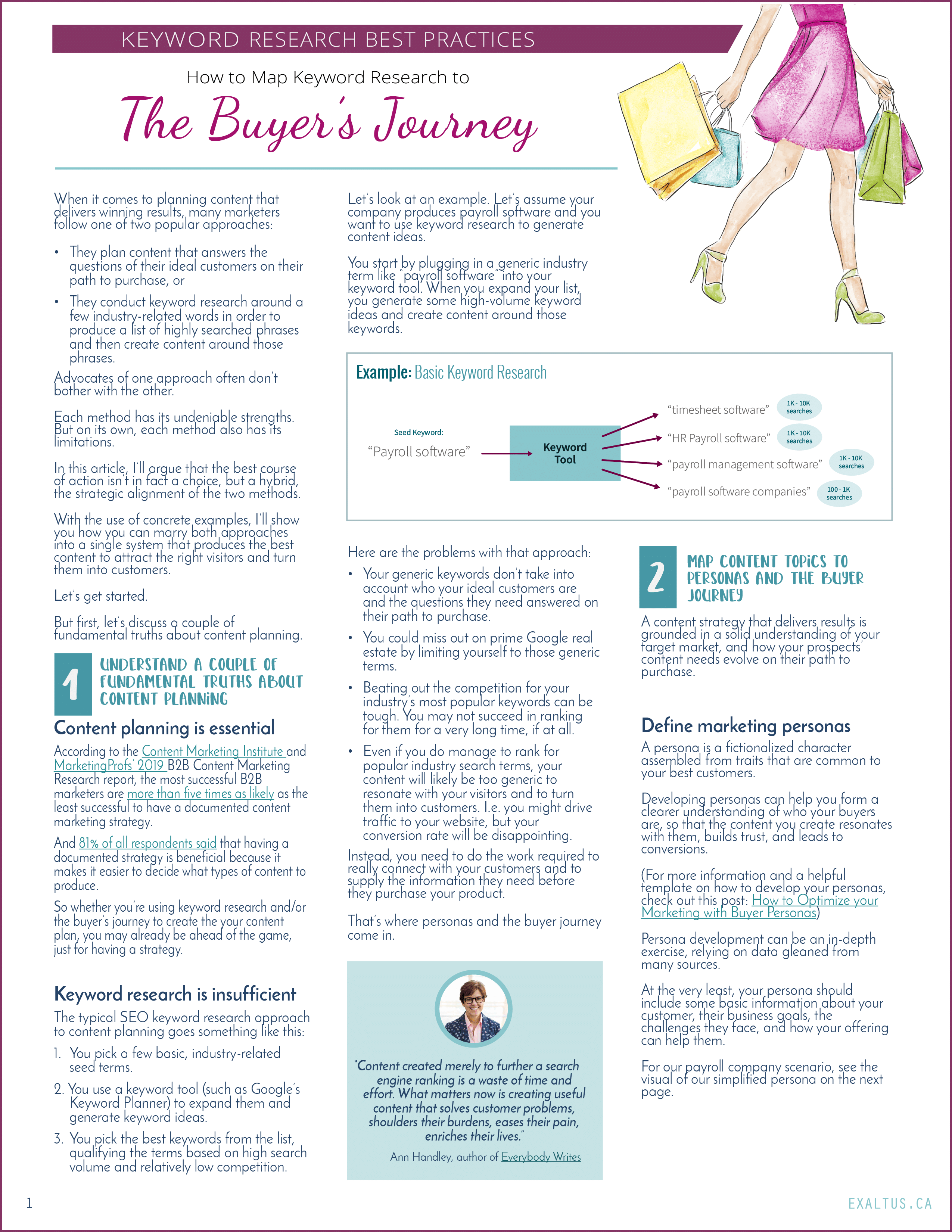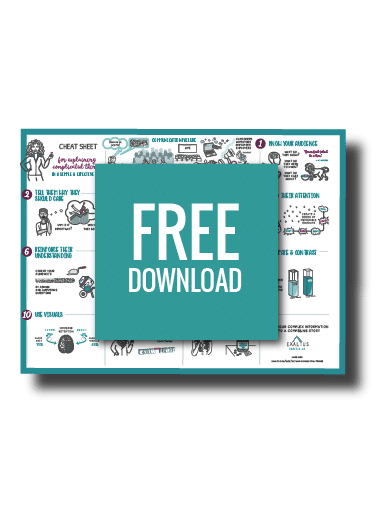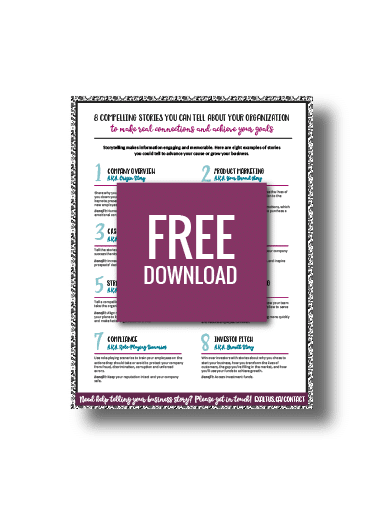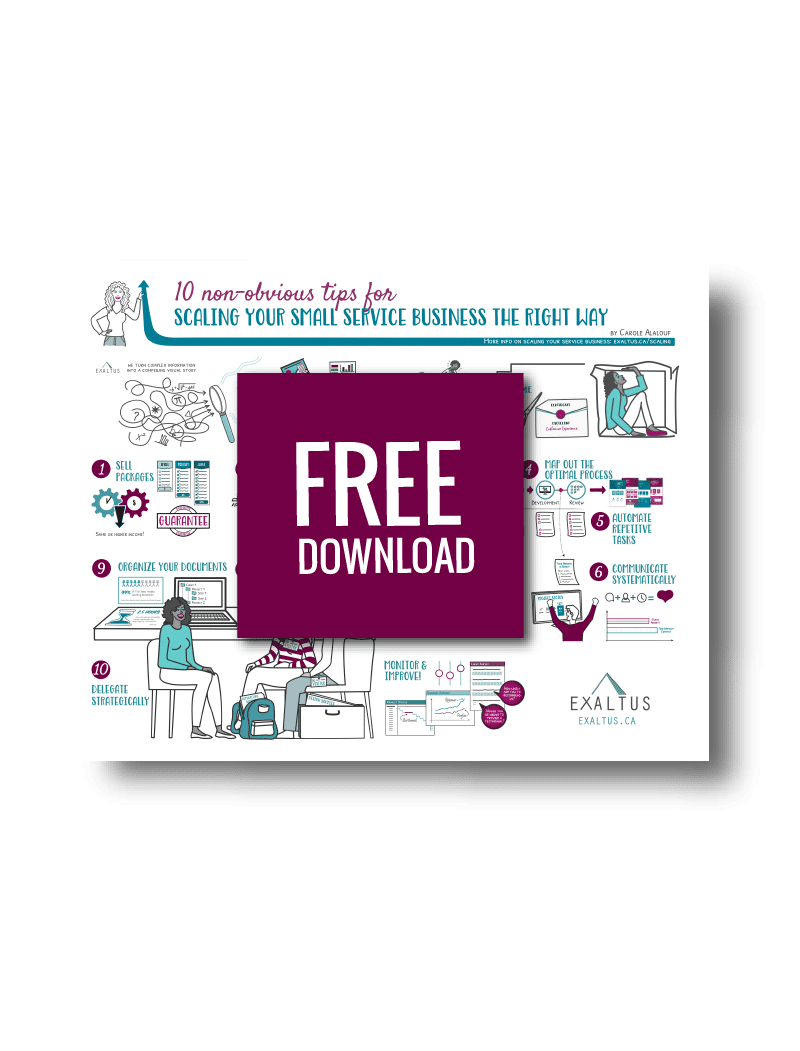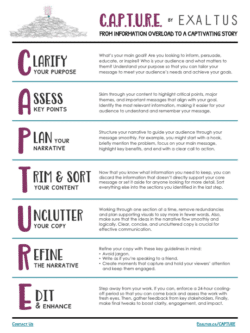If you’re not using emotional storytelling in your B2B marketing, you’re neglecting your superpower. Are you one of the traditional marketers who still believe that logic, knowledge, and ROI are the driving forces behind B2B marketing? That’s been the traditional way of differentiating B2B and B2C marketing, with brand and emotional storytelling firmly in the field of consumer marketing. But recent studies show us that the truth is quite different—that we make decisions (including purchasing decisions) based on motivation and meaning provided by our emotions. In fact, many marketers are already using the power of emotional storytelling to engage with their buyers.
And we now know that businesses respond equally well to emotional storytelling. It’s not just bricks and mortar – businesses are made of people, who are influenced by their emotions the same way consumers are…and they’re the ones making the purchasing decisions. To make that sale, you need that emotional connection to the business you’re selling to.
So if you’re not fueling emotions with your B2B marketing storytelling, you’re not using one of your biggest superpowers – and you’re probably missing out on sales you could be making.
What is emotional storytelling?
We can all tell a good story from a bad one, and our minds are wired to learn through storytelling. In fact, that’s a great way to make something stick – to build a story around it that engages us and makes us care about the message.
For years, brands have used emotional storytelling to associate their brand with positive emotions and to create a connection between us and their products or services.
And it seems that businesses are even more emotionally connected to brands they buy from than regular consumers. It makes sense. Unlike for consumers, a bad purchase decision for a business can kill it, or significantly hurt it. There’s a huge risk involved; to overcome it, businesses need to trust the brands they buy from. And to create trust, you need emotional storytelling.
It’s a way to engage with your buyers, providing an emotional component to your B2B marketing campaigns and make them more impactful. In short, storytelling is B2B marketing fuel. It’s your superpower.
Need help cutting through masses of complicated information?
You might find the help you need in this video, where we share the Exaltus CAPTURE framework – our proven method for overcoming information overload and transforming it into captivating stories.
For more details, check out our post on overcoming information overload and download the companion CAPTURE cheat sheet.
The basics of emotional storytelling for B2B marketing
So how do you get started using emotional storytelling for your B2B marketing? There’s a tried and tested formula, believe it or not. It’s called the monomyth, coined by Joseph Campbell. From the Bible to the Lord of the Rings, there’s a common pattern to all great stories, regardless of when and where they’re created. And many brands use the idea of the monomyth to create their own storytelling material.
Here’s how it goes…
The hero’s journey – the ultimate monomyth
The monomyth storyline focuses on the hero and the hero’s journey. A hero, living an ordinary life, is called upon to take on a quest. The hero, at first reticent, must venture away from the comfort of his life to fulfill this quest. The hero doubts himself at several points, and is faced with seemingly insurmountable odds. But a mentor is by his side, and helps the hero to realize the importance of the quest for themselves and others, and guides the hero to triumph. Victorious, the hero returns from this supernatural adventure with great wisdom and power, and shares these boons with those back in the ordinary world.
It’s an exciting and engaging story. A timeless one that has been told over and over again, with enormous success. In literature, in the movies… and in advertising!
Simple enough, right? So let’s get started and use it for your own B2B marketing.

Learn to explain complicated things in a simple way
Find out how to explain complicated things in a simple way that attracts and holds attention, builds trust, engages your audience, and moves them to act.
Once upon a B2B story…
One of the most important things that businesses often get wrong when they start with emotional storytelling is that they make their brand the hero. But they’re wrong. The hero’s not them. The hero is their customer.
Imagine you’re at a party. We all know THAT guy, the bore no one wants to sit next to at parties, because he’ll just talk all night about himself, boasting about how great he is at everything. Well, that’s who you are when you make your brand the hero.
Successfully B2B storytelling is engaging and exciting. It makes the customer the hero, and creates a buzz. So the hero isn’t your brand: the hero is your customer. You’re the guide, the mentor. You’re Obi-Wan Kenobi. And your customer is Luke Skywalker.
Everyone likes to feel like a hero. How happy can you make your B2B purchaser by making them feel that they can bring great wisdom and boons to their company by buying your products and services?
Get started with your brand storytelling – 5 steps to start your journey
It’s time to get creative. As a B2B marketer, you need to create excitement around your brand, and make your audience feel something and connect with your brand. Do this, and you can drive sales right to the heart of your B2B marketing.
1. Understand your clients
You need to make your brand relatable, and for that, you need to understand your clients’ needs. Unlike B2C marketing, you can’t just blast your story on all channels and hope to connect; B2B marketing is much more targeted and specialized. Do you know your clients well enough? To tell your story, you have to know your customer’s story. Create (or review) your customer personas and customer journeys. Why do they buy your brand? Who makes the final decision? How do they perceive your brand? What problem does your brand solve for them?
2. Make the call – be the mentor
Set yourself up as the mentor or guide: what will you help your customer achieve? How can you persuade them to take action to solve a problem? You need to guide them on the course to achieving great things and becoming a hero.
3. Make them care – help them overcome obstacles
A good story makes us care and empathize with people or situations. You have to create a story that tugs at the heartstrings, that build suspense with a challenge, and engages us in the outcome. The hero’s journey is important to us, because it will affect us. Make your story compelling, and capture your audience’s attention from the very start.
4. Make them the hero!
Create the challenge for them. What would their businesses look like without your brand? Go back to the initial problem your services or product solve for them. Paint the scene of what reality would look like if your brand weren’t there. Then give them the cookie – if they use your brand, how will their world be better? Show them that bringing back the boon to their business and become heroes.
5. Use proven case studies – think video!
There are lots of ways to tell a story, but video marketing remains one of the most memorable and impactful. Many B2B marketers will shy away from a medium that they’ve traditionally not used for the B2B campaigns. All the more reason for you to do it and stand out! Consider using whiteboard animation for your next emotional storytelling campaign. The benefits of whiteboard videos are endless. If you need convincing, check out the eye-popping whiteboard animation statistics that resulted from a third-party study of our own videos.
Final Word
We’re not all born storytellers. But we can all learn to use brand stories in B2B marketing. If you’re not sure where to start, contact Exaltus. We’ll guide you on your journey. Also, if you want to turbo-charge your stories, check out our post on visual storytelling. And be sure to check out our whiteboard animation examples before you go!

